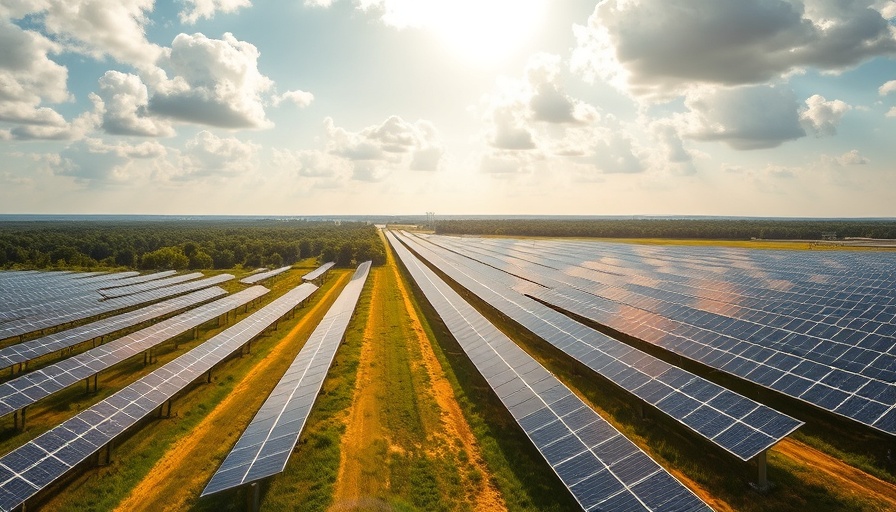
Australia Leads Renewables Race with Historic Power Generation
The transition to renewable energy in Australia is gathering unprecedented momentum, with a remarkable 43% of electricity consumed in the first quarter of 2025 generated from renewable sources. This record percentage reflects a notable achievement in the evolution of the National Energy Market, as reported by the Australian Energy Market Operator (AEMO). The data showcases an impressive rise in solar and wind energy generation, emblematic of Australia’s commitment to a cleaner energy future.
Significant Growth in Renewables and Energy Efficiency
In a year marked by significant advancements, both grid-scale solar generation and battery storage systems have demonstrated extraordinary growth. Grid-scale solar generation surged by 10%, while battery generation skyrocketed by an astonishing 86%, marking all-time highs. Meanwhile, rooftop solar installations reached new peaks, with an increase of 16%, and wind energy rose by 18% compared to the previous year.
Shifting Energy Dynamics Amidst Rising Demand
As climate pollution from Australia’s electricity grid continues to drop, it was recorded at its lowest level ever during this first quarter. Despite a notable increase in overall power demands—primarily driven by rising air conditioning usage amid warmer temperatures—renewables have adeptly met this challenge, leading to a 5% reduction in carbon emissions in comparison to the previous year.
Future of Australia’s Renewable Energy Landscape
Looking ahead, experts emphasize the importance of accelerating the pace of large-scale renewable energy projects to align with the Albanese government’s ambitious goal of 82% renewable energy generation by the close of the decade. The recent resurgence in renewable energy uptake indicates not only technological advancements but also a growing public awareness and support for sustainable practices.
Implications for California Homeowners
California homeowners particularly stand to gain from these developments in renewable energy. With an increasing number of households opting for solar panels and energy-efficient solutions, aligning local efforts with successful models seen in Australia could further enhance the state’s commitment to renewable resources. Such strategies reflect a global shift towards sustainable living and cleaner energy solutions.
As the renewable energy movement marches forward, homeowners are encouraged to explore their options for energy efficiency and sustainability in their homes. By leveraging modern technologies, such as smart home systems or solar energy setups, residents can contribute to the broader goal of reducing reliance on fossil fuels and building a healthier planet for future generations.
 Add Row
Add Row  Add
Add 




Write A Comment